Space News
Livescience
94
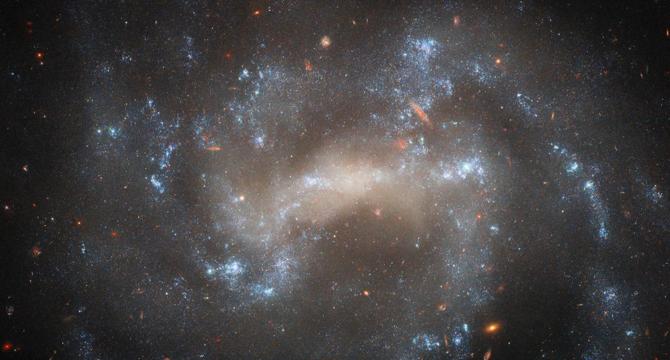
Image Credit: Livescience
Space photo of the week: Hubble hunts a stellar 'imposter' hiding in the Great Bear
- The Hubble Space Telescope captured a stunning image of a spiral galaxy, UGC 5460, and a bright star nearby.
- The galaxy has witnessed two significant supernova explosions in the past 14 years, providing valuable insights for astronomers.
- Supernova explosions spread heavy elements in interstellar space, sparking the formation of new stars.
- The detailed image of UGC 5460 combines data from ultraviolet, near-infrared, and visible light parts of the spectrum.
Read Full Article
5 Likes
Earthsky
54
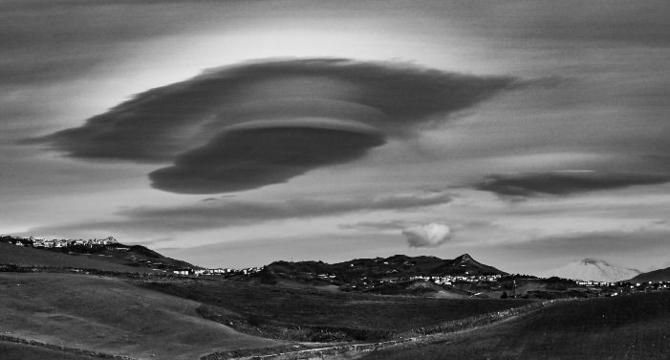
Image Credit: Earthsky
Cloud shapes are a useful tool for predicting weather
- Cloud shapes can be a useful tool in predicting weather as different shapes indicate various conditions.
- Clouds result from air parcels saturated with water vapor, which leads to the formation of rain or snow when droplets grow big enough.
- Understanding how specific clouds form can aid in weather forecasting.
- Cumulus clouds, resembling cotton balls, are usually fair-weather clouds that can rapidly grow into cumulonimbus clouds signaling heavy rain or snow.
- Cirrus clouds, made of ice crystals, can indicate tranquil weather but can also escalate into thunderstorm clouds like anvil clouds.
- Fog is essentially saturated air at ground level, while stratus clouds form thick layers above.
- Cloud formations above mountains, such as lenticular clouds resembling flying saucers, are unique and influenced by terrain.
- Wind direction plays a significant role in cloud movement, with different layers of clouds indicating varying wind speeds and directions.
- Understanding cloud types and shapes can help in predicting weather patterns accurately.
- Meteorologists suggest that recognizing cloud shapes can enhance your ability to anticipate weather changes.
Read Full Article
3 Likes
Earthsky
410

Image Credit: Earthsky
What are the best targets for binoculars?
- The moon is one of the best targets for binoculars, particularly focusing on the terminator line for detailed views of lunar features.
- Binoculars offer a more affordable and portable alternative to telescopes for stargazing, providing a unique perspective on various celestial objects.
- Apart from the moon, binoculars are ideal for observing planets like Jupiter, where you can see its moons, and Mars with intensified red-orange hues.
- While Saturn's rings and Venus' phases require a telescope, binoculars can still reveal certain features, including the red-orange color of Mars and spotting Uranus and Neptune.
- Binoculars are also great for tracking comets, as they aid in locating these dim objects before they become visible to the naked eye.
- In the Milky Way, binoculars are excellent for viewing double stars like Mizar and Alcor, open star clusters such as The Pleiades, globular star clusters like M13 in Hercules, and nebulae like the Orion Nebula.
- Galaxies, including the Andromeda galaxy and M81 and M82 in Ursa Major, can also be observed with binoculars, providing glimpses into the universe's vastness.
- Binocular stargazing opens up a whole new realm of celestial wonders, from detailed lunar landscapes to distant galaxies, offering a rewarding and accessible experience for astronomy enthusiasts.
Read Full Article
24 Likes
Earthsky
415
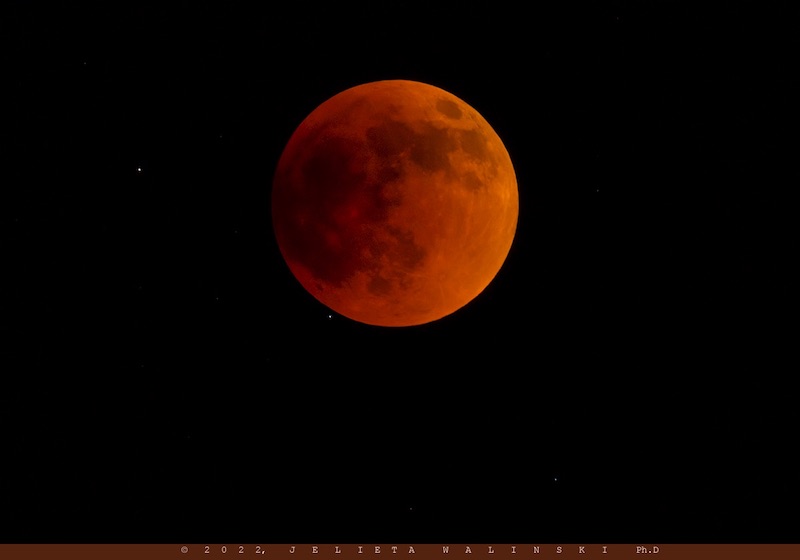
Image Credit: Earthsky
The 1st eclipse season of 2025 starts this week
- The first eclipse season of 2025 is set to begin, featuring a total lunar eclipse in March followed by a partial solar eclipse later in the month.
- Eclipse seasons occur approximately every 173.3 days, during which alignments between the Earth, moon, and sun allow for eclipses to occur.
- In 2025, the second eclipse season will occur in September, with a lunar eclipse on the 7th and a partial solar eclipse on the 21st of the month.
- Alignment of lunar nodes with the sun marks the middle of eclipse seasons, where eclipse events are most exact in their alignment.
- Eclipse seasons bring about a minimum of two eclipses (solar and lunar) with a possibility of a third eclipse occurring if the first eclipse is early in the season.
- The moon's orbit inclination and crossings of the ecliptic plane create conditions for eclipses to occur during eclipse seasons.
- A minimum of four eclipses typically occur in one calendar year, with potential for up to seven eclipses depending on the alignment of eclipse seasons and lunar phases.
- Eclipse terminology includes lunar nodes, ecliptic, and the inevitability of eclipses during alignment of the sun with lunar nodes.
- Rare occurrences, like seven eclipses in one calendar year, are possible based on eclipse season timings and lunar phase synchronizations.
- Eclipse seasons in 2025 will bring celestial events that provide opportunities for skywatchers to witness lunar and solar eclipses.
Read Full Article
24 Likes
Discover more
Knowridge
234
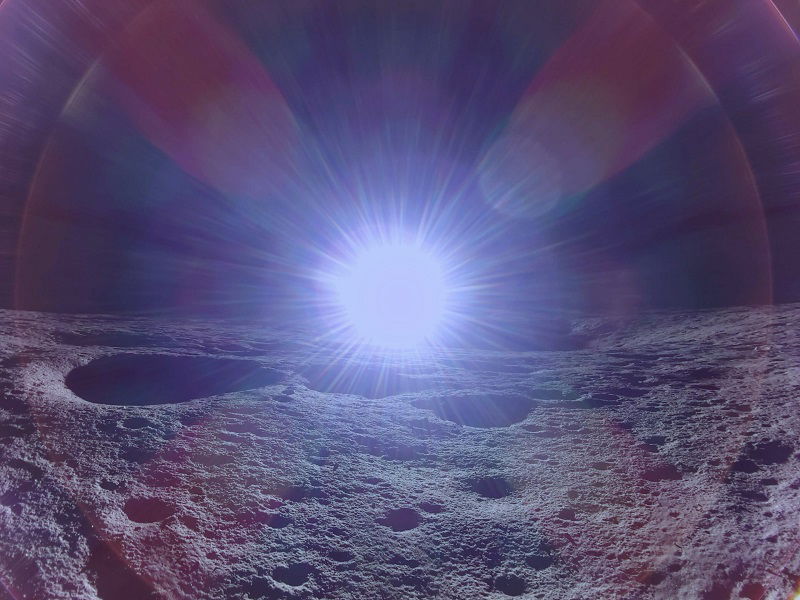
Image Credit: Knowridge
NASA tracks GPS signals on the Moon for the first time
- NASA and the Italian Space Agency have successfully tracked GPS signals on the moon for the first time.
- The Lunar GNSS Receiver Experiment (LuGRE) picked up and tracked Earth-based navigation signals from the moon's surface.
- This achievement opens up possibilities for using Global Navigation Satellite System (GNSS) signals for navigation beyond Earth, which can greatly benefit future lunar missions.
- LuGRE's success demonstrates the potential for spacecraft to determine their position, speed, and time in a more accurate manner, and paves the way for improved navigation in missions to Mars.
Read Full Article
14 Likes
Nasa
248
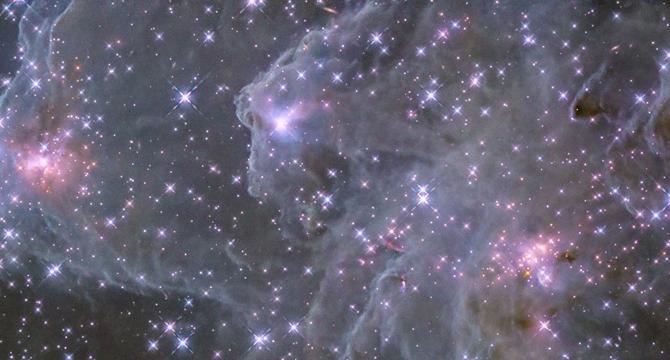
Image Credit: Nasa
Hubble Unveils a Glittering View of Sh2-284
- Hubble's infrared view of emission nebula Sh2-284 reveals brilliant young stars hidden within clouds of gas and dust.
- The nebula is shaped by a young central star cluster, Dolidze 25, and classified as an HII region, consisting primarily of ionized hydrogen.
- The image also highlights the low-metallicity of Sh2-284, resembling the early universe with mostly helium and hydrogen.
- Sh2-284 is located 15,000 light-years away in the constellation Monoceros.
Read Full Article
14 Likes
Nasa
280

Image Credit: Nasa
Hubble Jams With A Cosmic Guitar
- The ongoing merger between an elliptical galaxy and a spiral galaxy, known as Arp 105, forms a shimmering guitar shape with a long tidal tail of stars and gas.
- The gravitational dance between the galaxies creates fascinating colliding galaxy features, including a long lane of dark dust and areas of intense star formation.
- Thin, faint tendrils of gas and dust connect the two galaxies, and background galaxies are visible around the merging duo.
- Arp 105 is one of the brightest objects in the crowded galaxy cluster Abell 1185 in the constellation Ursa Major.
Read Full Article
16 Likes
Nasa
225
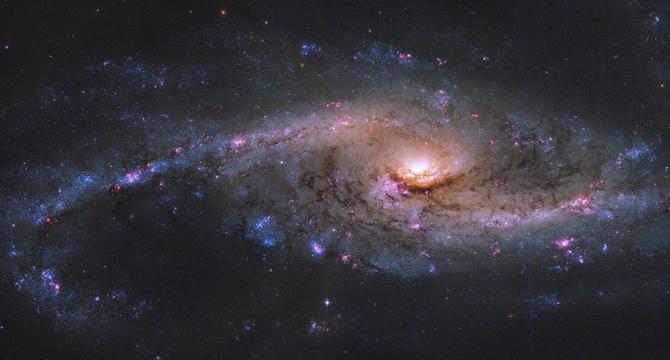
Image Credit: Nasa
Hubble Spies a Spectacular Starburst Galaxy
- Starburst spiral NGC 4536 is bright with blue clusters of star formation and pink clumps of ionized hydrogen.
- NGC 4536 is an intermediate galaxy, a hybrid of a barred spiral and an unbarred spiral.
- The galaxy is a starburst galaxy with high rates of star formation, giving rise to a ring of star formation around the nucleus.
- NGC 4536 is located 50 million light-years away in the constellation Virgo and was discovered in 1784.
Read Full Article
13 Likes
Nasa
411
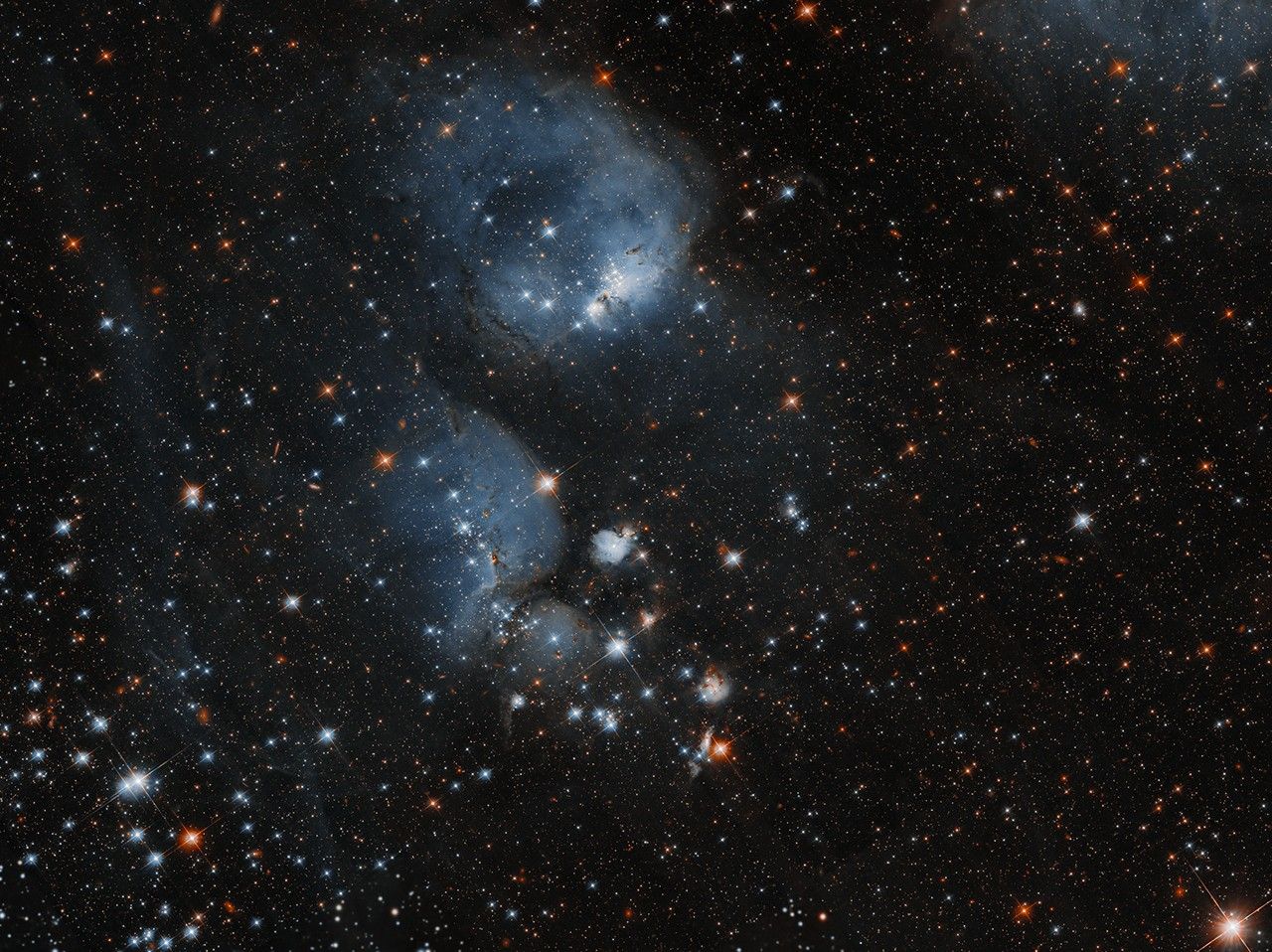
Image Credit: Nasa
Hubble Examines Stars Ensconced in a Cocoon of Gas
- An open cluster of stars shines through misty, cocoon-like gas clouds in this Hubble Space Telescope image of NGC 460.
- NGC 460 is located in a region of the Small Magellanic Cloud, a dwarf galaxy that orbits the Milky Way, and contains a number of young star clusters and nebulas.
- The hydrogen clouds in the region are ionized by the radiation of nearby stars, causing them to glow.
- The Hubble image, created from six overlapping observations, aims to understand how gravitational forces between interacting galaxies foster bursts of star formation.
Read Full Article
24 Likes
Knowridge
144
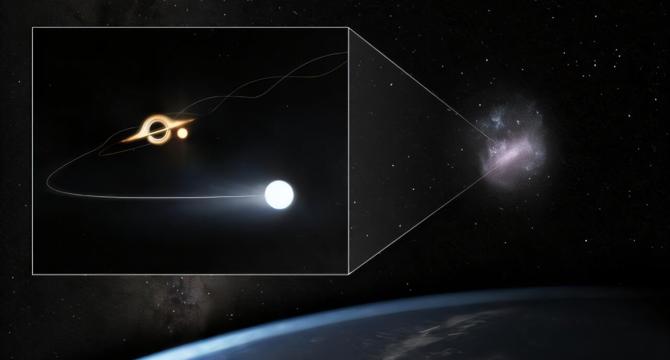
Image Credit: Knowridge
Scientists discover hidden black hole in our galactic neighbor
- Astronomers have discovered a supermassive black hole in the Large Magellanic Cloud (LMC), a small galaxy near the Milky Way.
- This black hole is the closest one known outside our galaxy.
- The discovery was made by tracking 21 hypervelocity stars, which provided evidence of the black hole's existence.
- The LMC's black hole is estimated to be around 600,000 times the mass of our Sun.
Read Full Article
8 Likes
Brighter Side of News
280

Image Credit: Brighter Side of News
Mysterious ‘Gravity Hole’ discovered at the center of the Indian Ocean
- The Indian Ocean Geoid Low (IOGL), featuring an enormous dip in the ocean’s surface, is a unique gravitational anomaly baffling scientists.
- Researchers traced the anomaly to mantle convection, where hot, lighter material rising from the mantle caused the gravity low.
- The presence of low-density anomalies in the upper to mid-mantle beneath the IOGL contributed to the gravity low.
- Simulations showed that plumes of magma originating from an ancient ocean disappearance led to the formation of the 'gravity hole.'
- The team's calculations suggest that the geoid low in the Indian Ocean formed around 20 million years ago.
- While some flaws are identified in the study's execution by a geology professor, the research sheds light on the Earth's complex dynamics.
- Further research will focus on refining models to explore the mysteries of Earth's interior and the lasting impact of the 'gravity hole.'
- Understanding the IOGL serves as a significant advancement in explaining one of Earth's most compelling gravitational anomalies.
- The study's findings shed light on millennia-old geological processes through advanced numerical models and seismic data.
- The 'gravity hole' in the Indian Ocean unveils a transformative past where tectonic plate movements sculpted the Earth over millions of years.
Read Full Article
16 Likes
Knowridge
271

Image Credit: Knowridge
Scientists discover Earth’s oldest meteorite crater, changing our planet’s history
- Scientists from Curtin University have discovered the world’s oldest known meteorite impact crater in Western Australia, dating back 3.5 billion years ago.
- The impact created a crater over 100 kilometers wide, challenging long-standing beliefs about Earth’s early history.
- Evidence of the impact was found through unique rock formations called shatter cones, indicating the meteorite hit with great force at speeds exceeding 36,000 km/h.
- The discovery suggests that ancient impacts played a significant role in shaping the planet and may have influenced the origins of life.
Read Full Article
16 Likes
Medium
158

Image Credit: Medium
The Spatial Oscillation Model: A New Perspective on Physical Laws
- Oscillations form the foundation of all processes, from quantum fluctuations to the motion of galaxies.
- A new fundamental unit, called OSC (Oscillatory Spatial Step), is introduced to express physical processes in terms of oscillations.
- The OSC model suggests that gravity can be explained as a consequence of the uneven distribution of oscillations in space, without the need for the concept of time.
- The OSC model links quantum physics with gravity, providing a new way to explain quantum fluctuations and particle interactions.
Read Full Article
9 Likes
Livescience
217
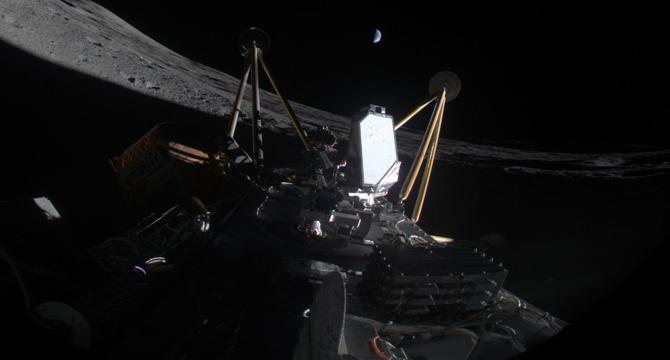
Image Credit: Livescience
'We're disappointed in the outcome': NASA shares photo of sideways Intuitive Machines moon lander, which died 12 hours after touchdown
- Houston-based Intuitive Machines' moon lander tipped over on its side inside a lunar crater.
- The lander's battery depleted just 12 hours after landing, ending its operations.
- An image transmitted by the lander showed its legs jutting upward and Earth in the distance.
- Intuitive Machines completed its first lunar landing in 2024 and has commitments for two more missions with NASA.
Read Full Article
13 Likes
Nasa
375

Image Credit: Nasa
NASA Earns Best Place to Work in Government for 13th Consecutive Year
- NASA has been named the Best Place to Work in the Federal Government for the 13th consecutive year.
- The ranking reflects employee satisfaction and workplace elements across the agency.
- NASA's accomplishments in 2024 were highlighted, including landing on the Moon, launching a mission to study Europa, and conducting continuous human exploration on the International Space Station.
- The Best Places to Work rankings are based on employee responses to a federal survey analyzing factors such as leadership and work-life balance.
Read Full Article
22 Likes
For uninterrupted reading, download the app